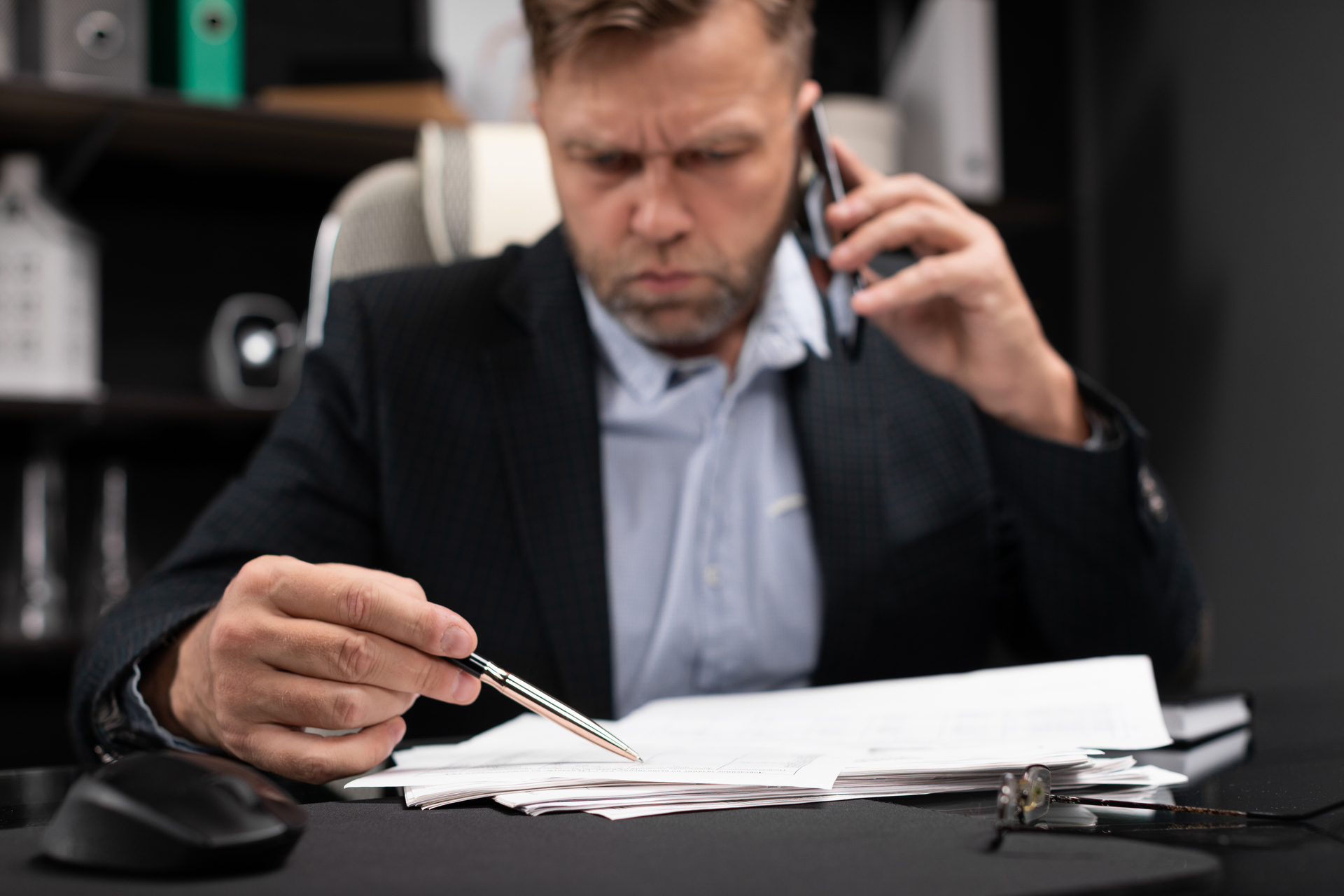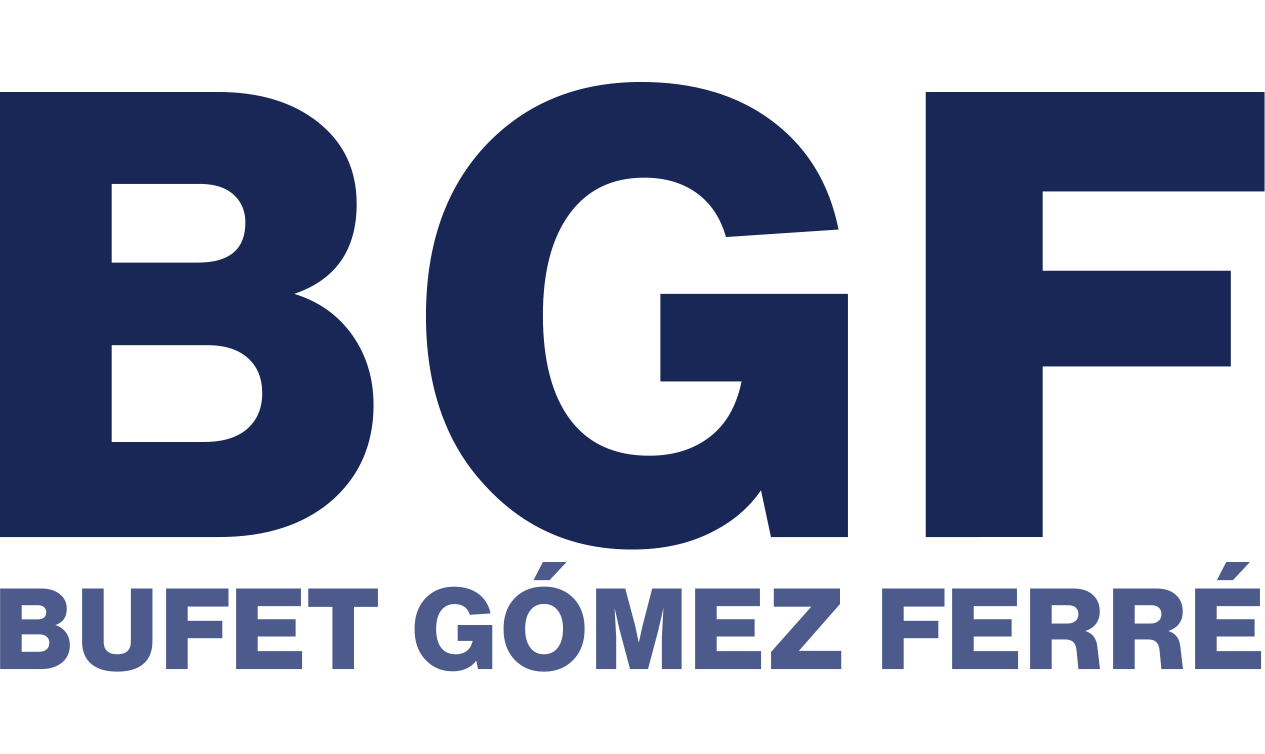
When a company enters into insolvency proceedings and does not have sufficient assets to cover its debts, it is referred to as insolvency without assets.
In such cases, creditors may face difficulties in recovering their money, so we recommend that you be aware of the legal options available to you.
As lawyers specialising in insolvency proceedings without assets in Barcelona, in this guide we detail the legal framework, the procedure and the alternatives for claiming debts in these situations.
What is bankruptcy law and what does it regulate?
The Insolvency Act is the legislation that regulates insolvency and bankruptcy proceedings in Spain, with the aim of providing a legal framework for companies and individuals to restructure their debts or, in some cases, to obtain total or partial discharge of their debts. It aims to provide an opportunity for debtors to start a new financial cycle, establishing the conditions under which agreements can be reached between the parties involved and debts can be paid in an orderly and fair manner.
The insolvency process seeks to balance the interests of debtors and insolvency creditors, allowing for the reactivation of economic activity or, failing that, the orderly closure of the affected company. However, when an insolvent company enters into insolvency proceedings without assets, the situation becomes considerably more complicated for creditors, as the expectations of recovery are reduced to a minimum.
This legal framework establishes the distinction between insolvency proceedings with assets and insolvency without assets. In the case of insolvency without assets, the bankrupt company lacks sufficient assets to cover debt payments, which makes the options for creditors very limited.
When is there a bankruptcy without assets?
An insolvency without assets is declared when certain requirements are met that demonstrate that the company in insolvency proceedings does not have sufficient resources to meet its debts. Among the criteria that must be met for an insolvency without assets to be declared, the following stand out:
- The insolvent party has no legally attachable assets.
- The cost of selling the available assets is disproportionate to the value they can generate in the market.
- The value of unencumbered assets is lower than the cost of liquidating them.
- The existing liens and encumbrances on the assets are higher than the market value of the assets.
In such proceedings, assets will not be liquidated, as the bankrupt company lacks the necessary resources to face the bankruptcy proceedings.
If there are no assets with which to cover the debts, the commercial judge may issue a decision exonerating the debtor from his debts, extinguishing them completely. This process has important implications for insolvency creditors, as in many cases they will not be able to recover the amounts owed.
How is an insolvency proceeding without assets handled?
The insolvency procedure to declare insolvency without assets follows a series of steps established by the Insolvency Act. The main stages are described below:
1. Debtor's request
The process begins with the debtor’s application, which must be submitted within two months of becoming aware of the debtor’s insolvency. In this application, the debtor must prove that it meets the necessary requirements for insolvency without assets, i.e. that it does not have sufficient assets to meet its debts and that the costs of the procedure would be disproportionate.
2. Judicial declaration
Once the application has been filed, the commercial judge reviews the documentation and analyses the viability of the application. If the judge considers that there is indeed insufficient assets, he or she will issue an order declaring the insolvency proceedings without assets.
3. Publication in the BOE (Official State Gazette) and Insolvency Register
After the court decision, it is published in the Official State Gazette (BOE) and in the Public Insolvency Register. This allows all insolvency creditors and interested parties to become aware of the proceedings.
4. Possible appointment of an insolvency practitioner
Following publication, creditors representing at least 5% of the liabilities may request the appointment of an insolvency administrator if they consider that there are indications of fraudulent conduct on the part of the debtor. If the insolvency administrator is appointed, he or she must submit a report on the indications of fraud or mismanagement.
5. Conclusion of the insolvency
If no application for the appointment of an insolvency administrator is filed, the judge may decide to terminate the insolvency proceedings without further formalities, extinguishing the outstanding debts and terminating the proceedings.
This simplified process is designed to protect both the bankrupt company and creditors in situations where resources are insufficient by ensuring the discharge of debts when liquidation of assets is not feasible.
Alternatives for creditors in an insolvency without assets
Creditors of a company in insolvency proceedings without assets face a difficult situation, as there are no assets with which to cover outstanding claims. Despite this situation, there are some legal alternatives that creditors can put forward to try to recover part of the debts:
1. Claiming outstanding debts
2. Claiming directors’ liability
3. Tax compensation
Although these alternatives do not guarantee a full recovery of debts, they offer creditors options to try to recover at least a part of the insolvency claims. To this end, it is essential that creditors are well advised by a lawyer specialised in insolvency law to contemplate the best options in each case and to ensure greater chances of success.
Frequently Asked Questions
In a bankruptcy without assets, the possibilities of recovering the debt are rather limited due to the lack of assets to cover the outstanding claims.
However, if fraud or mismanagement by the company’s directors is proven, creditors can explore the possibility of claiming against those responsible or challenging the situation through additional legal actions, which may include administrative liability claims or civil liability claims against those responsible for the mismanagement.
In an insolvency without assets, the debtor company is generally liable for its debts. However, if there are indications that the company’s directors or managers have acted fraudulently or negligently, they may be held personally liable for the debts. In such cases, creditors can investigate legal avenues to try to recover bankruptcy claims by involving the directors in the process.
Yes, in a bankruptcy without assets, creditors have the option to claim against the administrators if they consider that they have acted in a manner detrimental to the company or have committed fraud.
Creditors can file a social action for liability against the administrators, which involves a legal claim in which the responsible parties can be held liable for the consequences of their actions. It is advisable for creditors to consult a lawyer specialised in insolvency proceedings to assess the viability of this type of claim and to obtain advice on the steps to be taken.
In a bankruptcy without assets, if there are insufficient assets to cover the debts, creditors may not be able to recover any of the outstanding amount. In this case, the judge may proceed to terminate the insolvency without further proceedings, and the debts will not be extinguished, but neither will they be recoverable. If the insolvent party achieves some form of restructuring or if assets emerge in the future, there may be options for creditors to recover part of the debts.
Free lawyer consultation – Lawyers specialising in insolvency proceedings without assets
Free lawyer consultation at our law firm in Barcelona.
If you are involved in insolvency proceedings or are facing insolvency, at BUFET GÓMEZ FERRÉ we have lawyers who are experts in debt collection, commercial and corporate law and insolvency proceedings. With more than 25 years of experience in the sector, we offer you a comprehensive legal advice service.
As lawyers specialising in commercial and corporate law, we offer you a free initial consultation to analyse your case on a personalised basis where we will explain the legal alternatives available to you before initiating any legal proceedings. We have the guarantee of working on a success fee model, so we offer you the peace of mind of knowing that our costs will be directly related to the results obtained.




